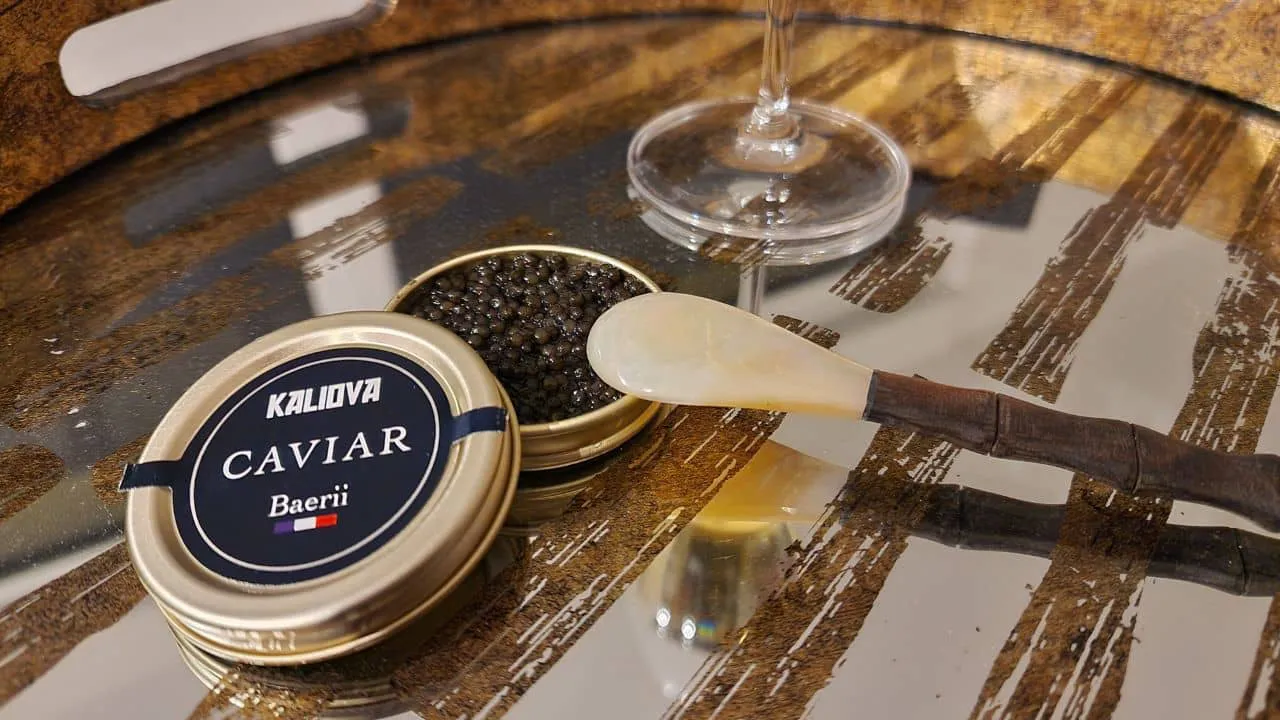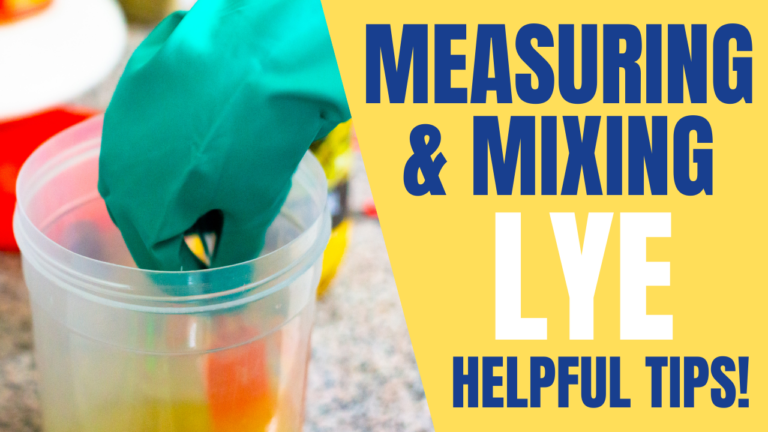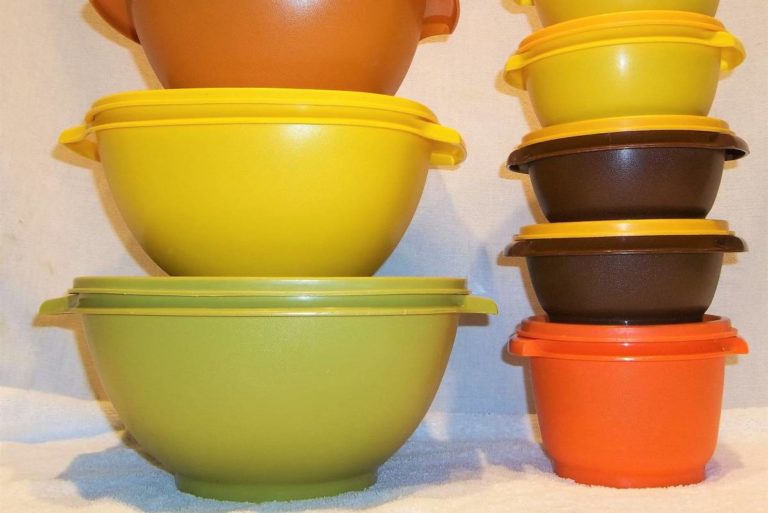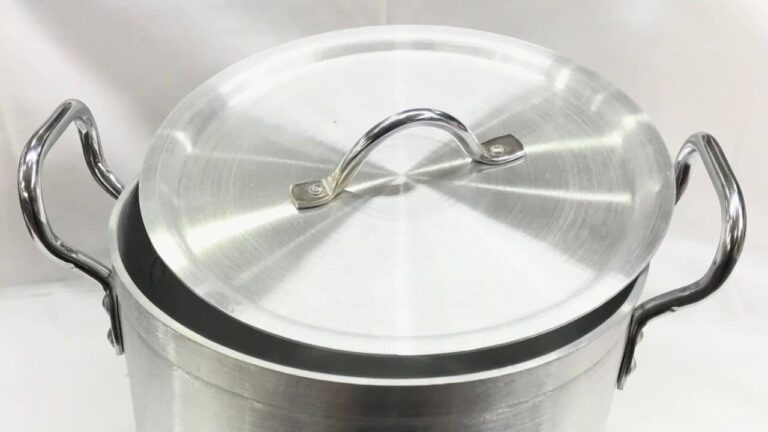Tin Or Glass? A Comprehensive Guide To Caviar Packaging (With Helpful Tips)
Many people consider caviar one of the finest delicacies in the world. Whether you love or hate it, you still want to know how manufacturers package this high-end treat before you buy it at the store or order it at a restaurant.
Caviar packaging comes in many forms, from traditional glass jars to metal tins. People often associate glass jars with pasteurized caviar, while tin cans usually contain non-pasteurized caviar.
In this article, I’ll discuss two of the most popular formats — glass jars and tin cans — to help you decide which is best!
How Is Caviar Packaged? Traditional Methods and Materials
Caviar packaging is a crucial consideration for preserving the flavor and quality of your caviar. The type of container used to package caviar can affect its taste, texture, and appearance.
However, before we jump into the two packaging materials, let’s talk about caviar pasteurization.
Pasteurization is a process in which manufacturers heat the caviar to a specific temperature for an amount of time. This process kills all bacteria and extends shelf life by up to one year.
Despite the many advantages of caviar pasteurization, you’ll find that most caviar isn’t pasteurized. This is because it reduces the unique flavor of caviar, making it less appealing for many connoisseurs.
There are two traditional methods of packaging caviar: tin cans and glass jars. Let’s go over each one below!
1. Tin Cans: To Store Unpasteurized Caviar
For caviar packaging, metal tins with a vacuum are currently dominating the global market. People usually use these for fresh or non-pasteurized caviar.
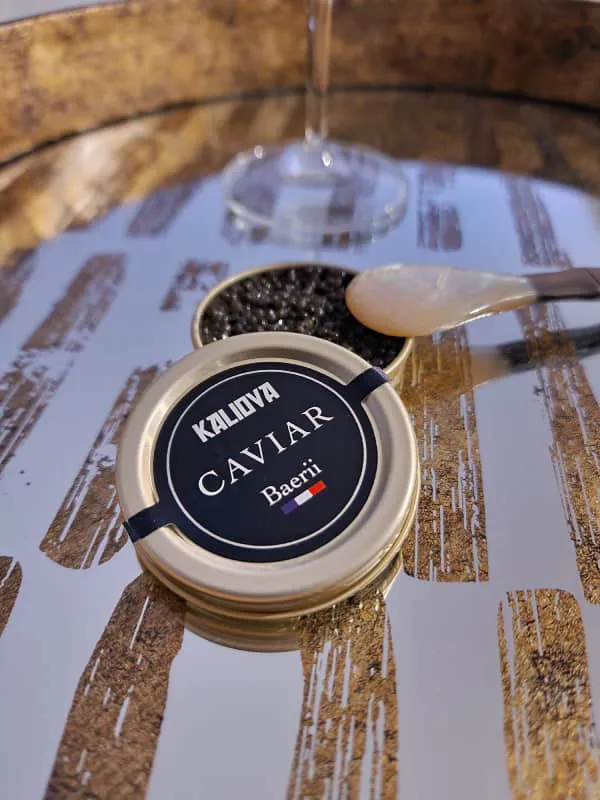
In its metal tin, caviar is stored under a vacuum. But how does this process work?
Manufacturers pass the caviar-filled cans through a hot water or steam bath in an exhaust box. This heating causes the meal to expand and expel any leftover air.
The contraction of the contents creates a partial vacuum within the can after it has been sealed, heated to sterilize it, then cooled.
Remember, the lid should be concave in shape. if it’s convex (bulging), it means that air has entered and the contents of the tin may have deteriorated.
Curious to know how caviar is packaged in tin cans? Check out this video right here!
Even though tin cans are more attractive from an aesthetic standpoint, they offer less shelf life than glass jars.
This is because of metal oxidation, which results in a metallic flavor after the caviar has been sitting for some time.
2. Glass Jars: To Store Pasteurized Caviar
People use caviar packaging in glass jars for pasteurized caviar.
The glass jar goes through several manufacturing steps before being filled with caviar. Because of this, hot steam is first poured into the jars. After the pasteurization process, the caviar is chilled.
During the Soviet era, people frequently packaged caviar in glass jars with three different colors: blue, yellow, and red.
The advantage of using glass is that it allows you to see the caviar inside without opening the jar. This is especially important for purchasing the product since you want to ensure it looks good before buying it.
Glass jars also have the benefit of storing for a longer length of time without oxidation.
Glass jars also come with a set of drawbacks.
Firstly, they don’t have the same attractive appeal as tin cans. This makes them less aesthetically pleasing in the eyes of many caviar aficionados.
Another setback to glass jars is durability. Because of their fragility, glass jars can break if you drop them. Not to mention, they’re a little heavier than their metal counterparts.
RELATED:
Glass Jars: 8 Things You Should Know Before You Order Them
How to Open Your Tin and/or Jar of Caviar
Have you ever bought a caviar tin or jar and found yourself asking the infamous question, “why are caviar containers so hard to open?” Well, the answer’s in two words: vacuum seal.
Manufacturers do this so that no air can get into the container, preventing the fishy delicacy from spoiling.
And it’s not just caviar, it’s pretty much most products! I mean, how many of us struggled to open a jar of tomato sauce before?
That said, here are some household items you can use to open your caviar tin or jar like a pro!
1. Knife or spoon
This is the most common method of opening a tin or jar of caviar. Just slide your knife or spoon under one side of the lid and gently lift until it comes off!
This method works best with larger containers because they have wider seams between their lids and bodies.
2. Coin
This is probably the easiest way to open your caviar container if you don’t have any other tools handy. Simply insert a coin into the seam of your tin or jar and apply pressure until it pops open.
3. Caviar opener
If you are a true caviar enthusiast, you may want to invest in a caviar opener. A caviar opener is a small tool specifically designed to open caviar tins without damaging the delicate eggs inside.
It typically has a flat blade that can easily slip between the lid and the body of the tin, and a curved tip that can be used to lift the lid off.
While a caviar opener may not be a household item, it can be a worthwhile investment if you frequently enjoy this delicacy. Indeed, it ensures that you can open your caviar tins with ease and without damaging the precious contents inside.
Watch this video to see the 3 techniques for opening a tin of caviar
Tips for Storing and Enjoying Your Opened Delicacy
Caviar is one of the most expensive foods on the market, so it’s crucial to get the most bang for your buck. To help you do that, here are some tips for storing and enjoying caviar:
- Keep it in an airtight container and place it in the coldest part of your refrigerator. The ideal temperature should be between 28° to 32° F.
- If you want to serve caviar and leave it out, such as for a party or event, keep it in its original container. Also, place it in a bowl of ice.
- Take the caviar out of the refrigerator about 10 to 15 minutes before serving.
- Try to eat the caviar within 48 hours of opening it.
If you want to get the best out of your caviar-tasting experience, use a mother of pearl spoon. Because the pearl neither holds nor transfers taste, your caviar will retain the amount of flavor desired.
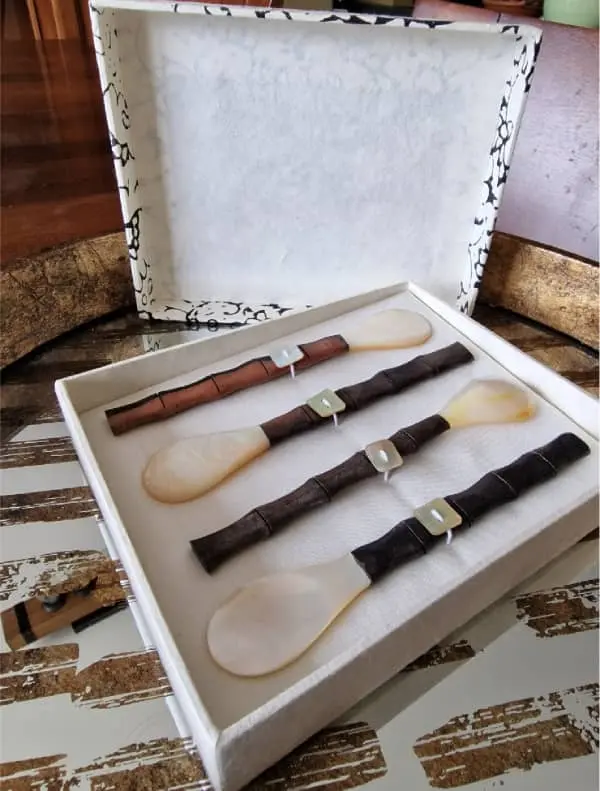
The spoon is made of oyster and abalone shells, which makes it look elegant and sophisticated. It also has a unique design that makes it easy for you to scoop the caviar directly from the jar.
The combination of these many elements truly makes your dining experience more enjoyable and memorable!
Wrapping Up
So, there you have the two methods of caviar packaging: tin cans and glass jars! Above all, remember that the best caviar packaging can complement the tastes, aromas, and texture of the product inside.
I hope you enjoyed reading all about different caviar packaging. If you have any questions or comments, please feel free to leave them below!
Sources
- Institute of Food Technologists: How Caviar Is Processed
- Caviars Star: How do I open my jar and/or tin of caviar
- Vacmaster: The advantages to vacuum sealing your food

